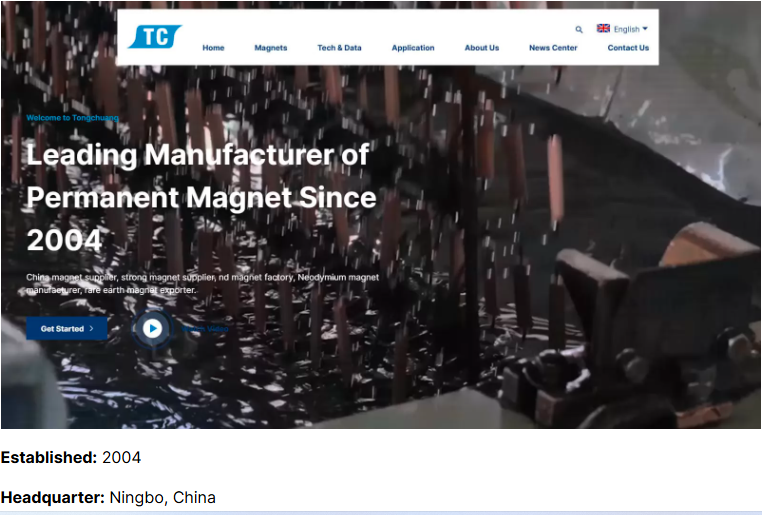
中國稀土禁運:美國高科技危機
– 美國稀土提煉加工舉步維艱
– 日本技術援助幫助美國擺脫困境
鑽石線上文章摘要
China’s rare earth embargo to Japan:
In 2010, China embargoed rare earths to Japan.
Currently, the US is cornered in rare earth negotiations with China.
1. Japan was the first country to which China embargoed rare earths.
2. In September 2010, China suspended exports to Japan following the Senkaku Islands fishing boat collision incident.
Japan’s rare earth technology will be key to the US’s future response.
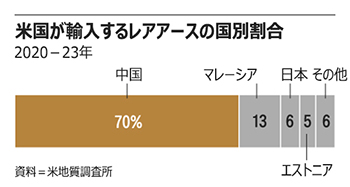
Japan’s automobile industry in turmoil:
The Japanese economy, centered on the automobile industry, is in turmoil.
1. It’s not just neodymium, dysprosium, and samarium.
2. “Exports of all rare earths, including intermediate goods” have stopped.
This affected Toyota, Hitachi, Mitsubishi, and others, and the price of neodymium soared.
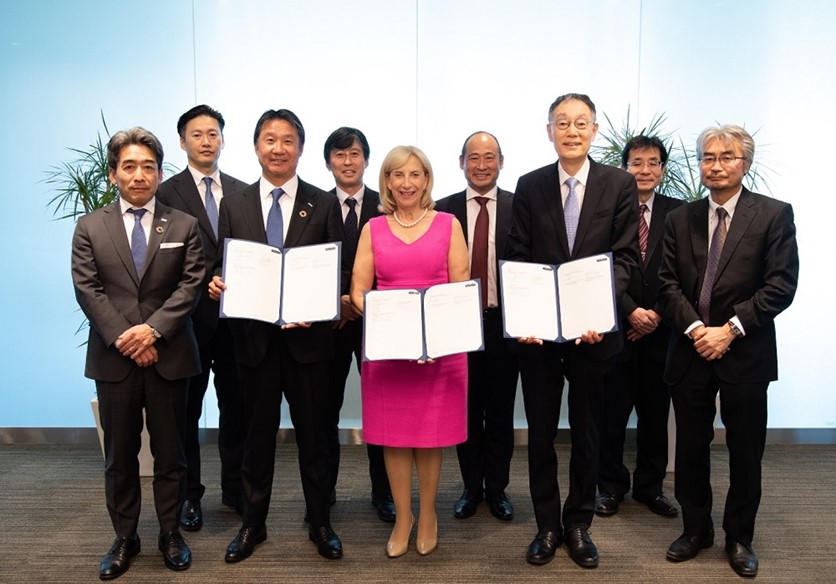
Japan’s measures to secure rare earths: Partnering with Lynas of Australia:
The Japanese government looked for alternative suppliers other than China, such as Vietnam, India, Australia, and the United States.
In the end, by partnering with Lynas of Australia, a stable supply of rare earths was secured.
Utilizing “urban mines”: Developing recycling technology
1. Japan developed “technology to recycle rare earths” from existing products.
2. It also responded by strengthening “research and development of alternative materials” such as ferrite magnets.
3. In particular, the recovery and reuse of neodymium magnets was successful.
China had no choice but to accept the “failure of the rare earth embargo”.
What are rare earths: Rare metal elements:
China has particularly strategically managed the following seven items.
Neodymium (Nd): Material for high-performance magnets
Praseodymium (Pr): Used in magnets and aviation alloys, together with Nd
Dysprosium (Dy): Increases heat resistance of magnets
Terbium (Tb): Used to reinforce magnets, phosphors, and displays
Samarium (Sm): Used in high-temperature resistant samarium-cobalt magnets
Yttrium (Y): Material for lasers, superconductivity, and phosphors
Gadolinium (Gd): Used in medical contrast agents and magnetic coolants
Five elements, neodymium, praseodymium, dysprosium, terbium, and samarium, are particularly important as raw materials for high-performance permanent magnets.
US-China clash again:
President Trump criticized China for continuing to restrict exports.
1. The US continues to ban exports of jet engine parts.
2. Access to semiconductor design software has also been severely restricted as before.
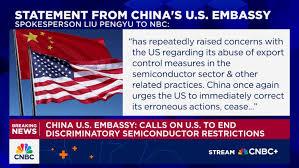
China’s claims:
China counters that “it is America that is breaking the agreement.”
1. China hopes that America will relax its technical restrictions in the semiconductor field.
2. This is dealing a serious blow to China’s aviation industry and Huawei’s manufacturing capabilities.

There are no “refining and processing” factories in the United States:
1. From 1990 to 2000, they were relocated to China one after another due to globalization.
2. Currently, China accounts for 90% of the world’s rare earth magnets.
Closing of the Mountain Pass Mine in the United States:
In addition, in 1998, the Mountain Pass Mine, America’s only rare earth mine, was closed due to a pollution accident.
Since then, production has been halted for a long time. It has finally resumed in recent years, but it is not as price competitive as China.
Lack of rare earth technology in Europe and the United States:
The United States asks, “If rare earth magnets are so important, why don’t they be made in the United States?”
Western manufacturing industries faced the risk of running out of stock. The situation is particularly serious with regard to rare earth magnets.
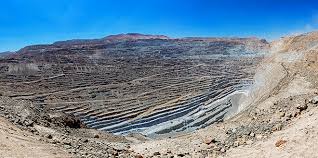
Japan’s technological capabilities hold the key:
The Trump administration is strategically aiming to reconstruct the rare earth supply chain.
1. Phoenix Tailings, a US startup, is working on refining them.
2. However, the scale is only 40 to 200 tons per year.
It is clear that a rare earth embargo by China would have a direct impact on the security of Europe and the United States.